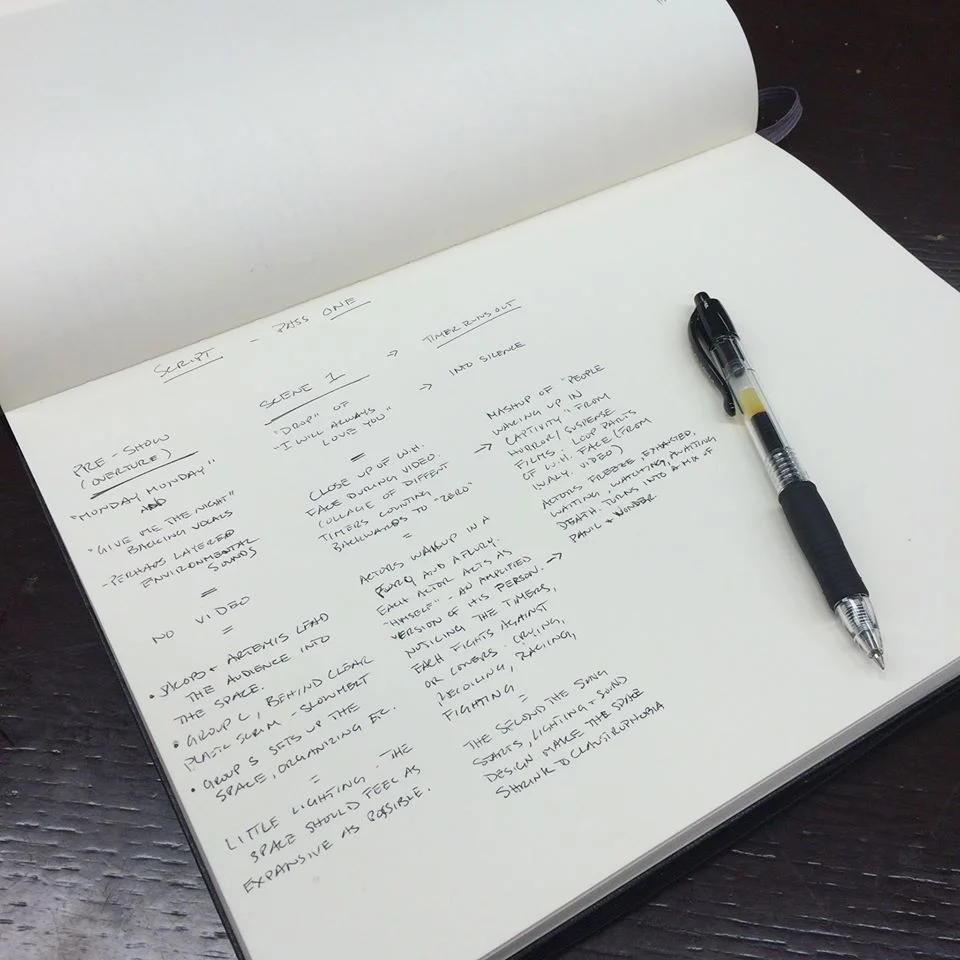THE VIEWING
The ultimate goal with most original work is to be seen. Inevitably, as the work progresses, different audiences will become privy to the work. The producer will most likely be having constant contact as the work is developed, but there are arguments that suggest that there is great value to audiences of different sizes accessing the work as it is being developed.
It is imperative that viewings are discussed as early as the initial conversations in order to identify three things:
- The director and ensembles sensitivity to viewings, especially in regards to works in process, and
- Identifying when along the timeline viewings are ideal, and seeking out best venues to fulfill this
- Different methods of making the work available to audiences. This may include live viewings for different public audiences, intimate invite-only experiences, live streaming rehearsals on the internet, carefully edited digital recordings.
Some venues may require a viewing as a condition for residency. If this is the case, the producer can do much to enhance the value of the viewing.
- Will this venue provide an audience that is invested in the artistic goals and values of the piece?
- Will this organization put you in proximity with other aligned organizations? What other affiliations does this venue provide?
- At what stage in the process is more visibility valuable to the development of the piece? Is a small viewing at a small organization in a rural area more ideal than a higher publicized viewing for a larger audience in a major metropolitan city?
- What kind of feedback are you likely to receive from each organization and audience? When will each type of feedback be valuable to the development process?
Certainly there are an infinite amount of considerations to make when introducing the work to audiences, as the audience’s reactions will influence the piece in an infinitely possible number of ways. Most importantly, the producer’s awareness of the shifts that take place within the piece is most critical. As always, these shifts have the possibility of moving away from the original artistic goals, but may also open up new possibilities for the life of the work. In either scenario, a sensitive, well-informed producer will keep things on track, plotting thoughtful new courses that enhance the work of the artists, all the while creating more meaningful experiences for the audience members.
